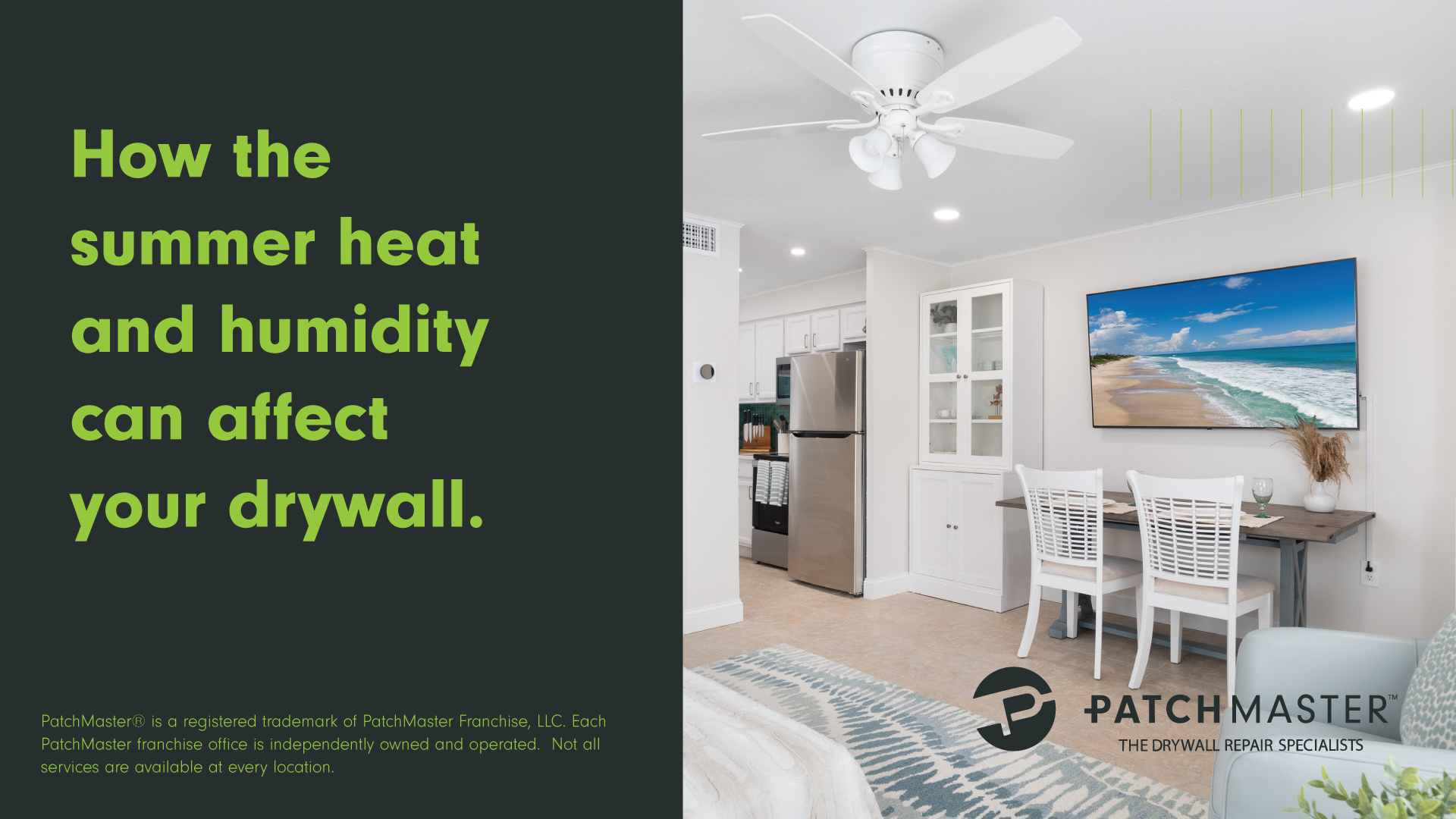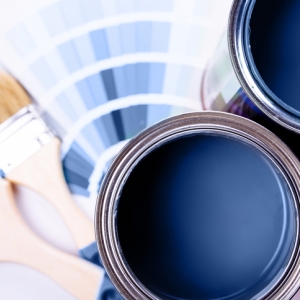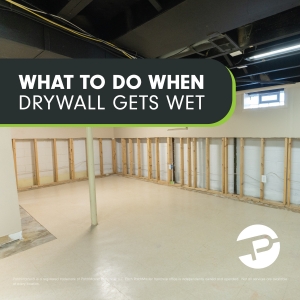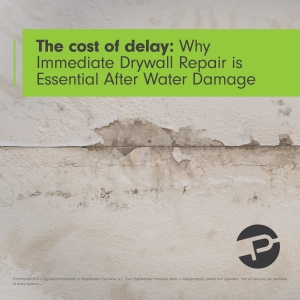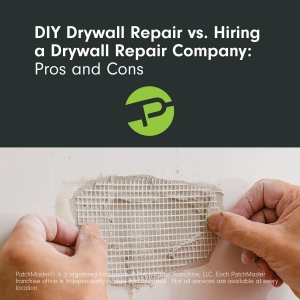Understanding the Impact of Summer Heat and Humidity on Drywall
Drywall, commonly known as Sheetrock, is a popular building material used to construct walls and ceilings. It is composed of gypsum and paper, making it a lightweight and affordable option for homeowners and builders alike. However, while sheetrock is durable and long-lasting, it is not immune to summer heat and humidity effects.
The summer months can bring high temperatures and humidity levels, especially in regions with tropical or subtropical climates. When the air is hot and humid, it can affect the moisture content in sheetrock and cause various issues.
Common Problems with Drywall During the Summer Months
One of the most common problems that can arise in sheetrock from summer heat and humidity is mold and mildew development. When the air is moist, it can promote the growth of mold and mildew, which can cause discoloration, odors, and health problems. If sheetrock becomes saturated with moisture, it can weaken and eventually crumble or break apart.
Another problem that can occur with sheetrock in the summer is the expansion and contraction of the material. When the temperature rises, the sheetrock can expand, causing it to buckle or warp. Conversely, when the temperature drops, the sheetrock can contract, leading to cracks and gaps in the walls or ceiling.
The humidity levels can also affect the finish of the sheetrock. When the air is moist, it can cause the paint or wallpaper to bubble, peel, or become discolored. The moisture can sometimes seep through the sheetrock and damage the insulation or framing behind the walls.
How to Protect Your Drywall from Summer Heat:
So, what can homeowners and builders do to prevent or mitigate the effects of summer heat and humidity on their sheetrock? Here are a few tips:
- Install proper ventilation: Good ventilation is key to reducing moisture in the air. Make sure your home or building has proper ventilation systems, including exhaust fans in the bathrooms and kitchen, and adequate air conditioning.
- Use moisture-resistant sheetrock: If you live in an area with high humidity, consider using moisture-resistant sheetrock. This type of sheetrock resists moisture and mold growth, making it a good choice for bathrooms, kitchens, and other areas where moisture is common. PatchMaster's expert sheetrock technicians can assist you in understanding what option is best for your home or office.
- Monitor the humidity levels: Invest in a hygrometer to monitor the humidity levels in your home or building. The ideal humidity level is between 30-50%. If the humidity levels are consistently high, consider using a dehumidifier to remove excess moisture from the air.
- Seal air leaks: Air leaks can allow moisture to enter your home or building. Seal any gaps or cracks in the walls, ceilings, or floors to prevent moisture from seeping in.
- Fix leaks promptly: If you experience a leak in your plumbing or roof, fix it promptly to prevent water from seeping into the walls or ceiling. If you have had a water leak, contact PatchMaster to assess and repair your damaged sheetrock.
PatchMaster: Your Local Drywall Repair Experts
While sheetrock is a durable and affordable building material, it is not immune to summer heat and humidity effects. Mold and mildew, expansion and contraction, and finish damage are all common issues that can arise. However, homeowners and builders can ensure their sheetrock remains in good condition for years to come by taking steps to prevent or mitigate the effects of moisture.
Contact PatchMaster today to schedule your no-obligation sheetrock repair services today.
